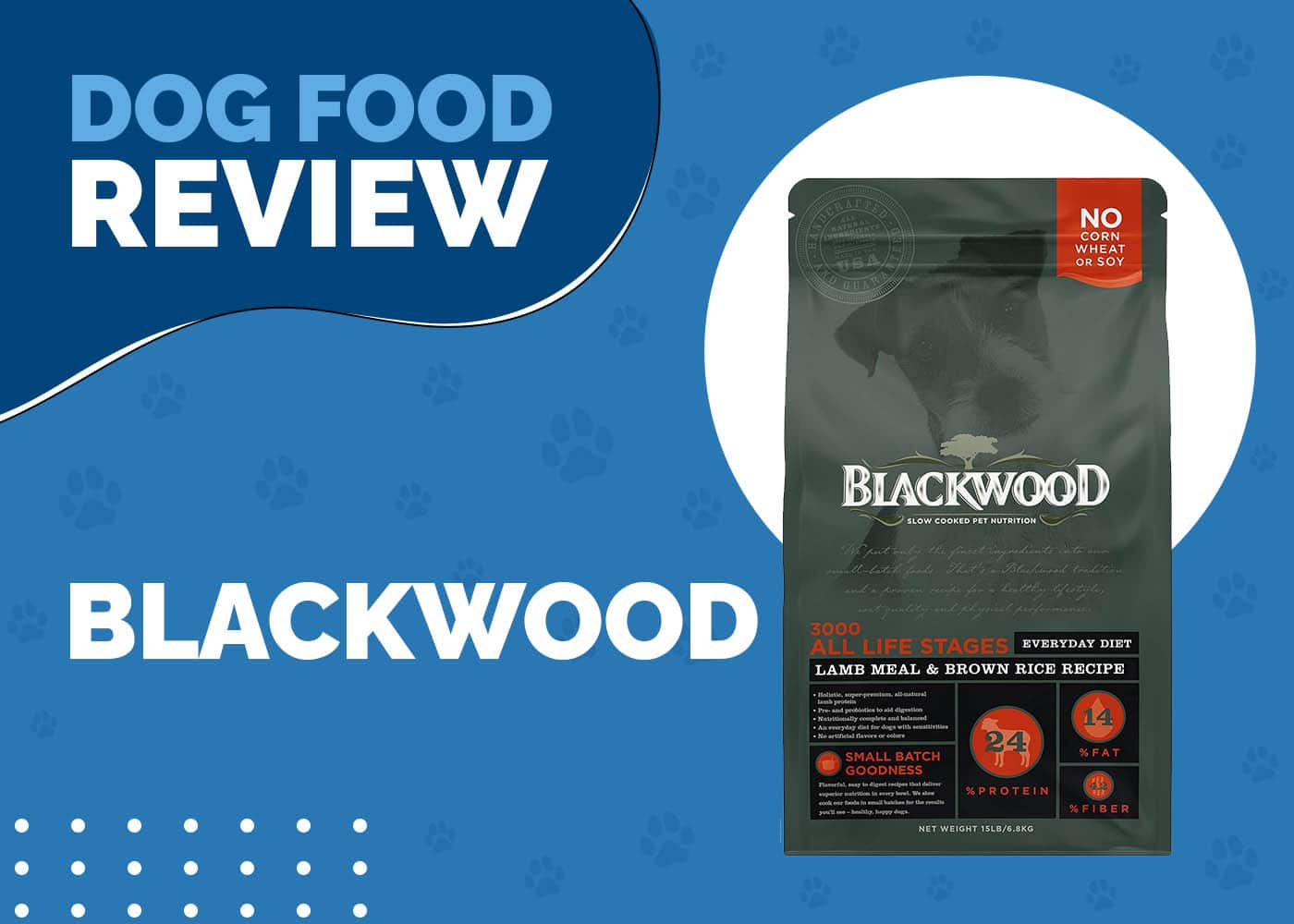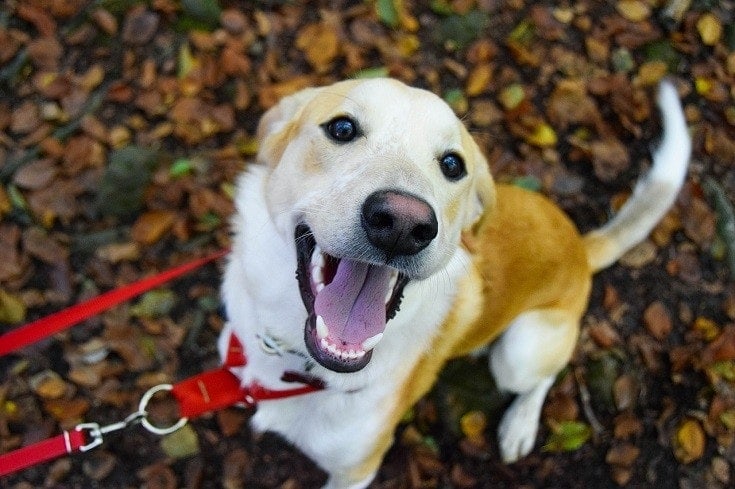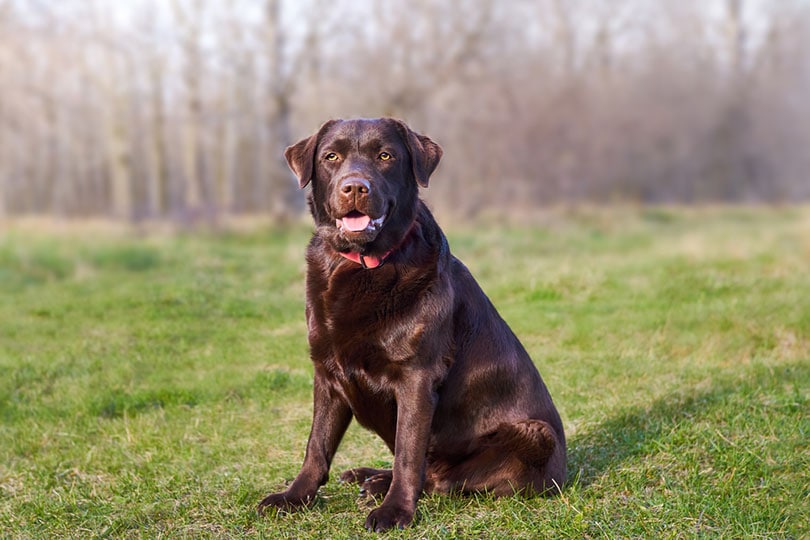15 Dog Breeds That Don’t Drool Much: Pictures, History & Facts

Updated on
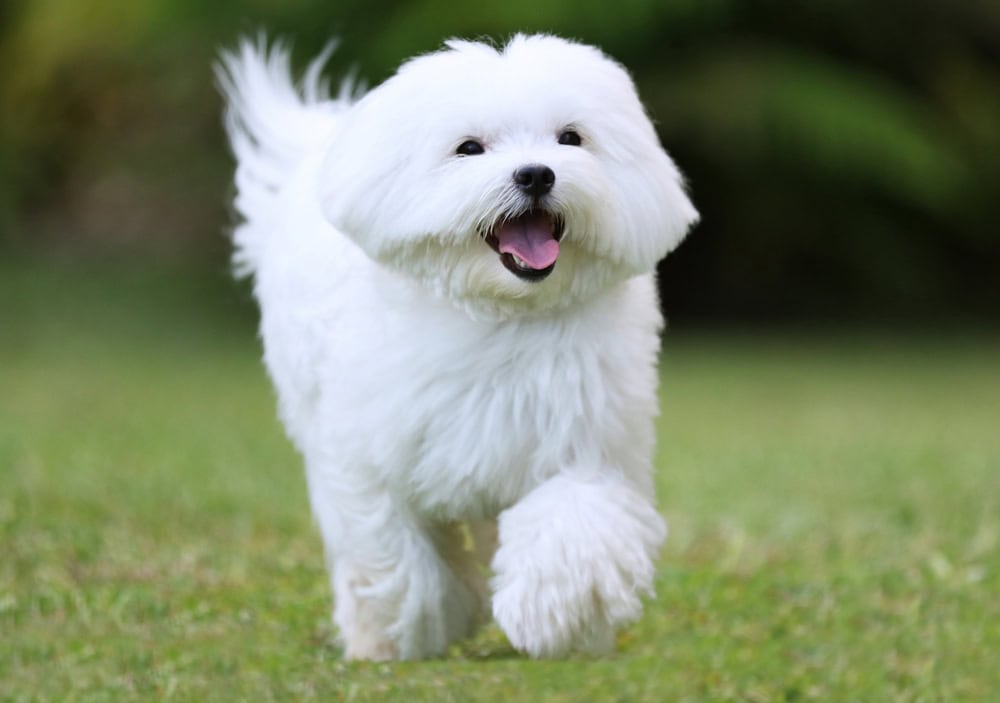
As much as any dog can fill our homes with love and joy, more than enough breeds can pack it with fur and drool. Alongside the general “ick” factor, dog drool is a cleaning headache and a source of allergens for sensitive individuals. We can’t blame you for wanting a low-slobber dog to share the home, and we’ll even help you make the best choice with this breakdown of some dog breeds that don’t drool much.
How Are Low-Drooling Dog Breeds Classified?
As with humans, some dogs are more prone to drooling, but all dogs can do it. Dental damage, disease, or foreign bodies can all increase drooling in any dog, as can certain physical conditions. Momentary GI upset, stress, or heat stroke can cause excessive drooling, as can underlying health issues like kidney or liver disease. And, of course, any dog can dribble a little after drinking or eating.
Among those prone to drooling, the issue primarily comes down to mouth shape. Loose lips that create jowls give the drool a place to collect. Rather than run back down your dog’s gullet, it sprays across the room when your dog shakes their head or opens their mouth. You’ll see this often in breeds like the Bloodhound or Molosser types, including the St. Bernard, Bernese Mountain Dog, and Bulldog.
The 15 Dog Breeds That Don’t Drool Much
1. Greyhound
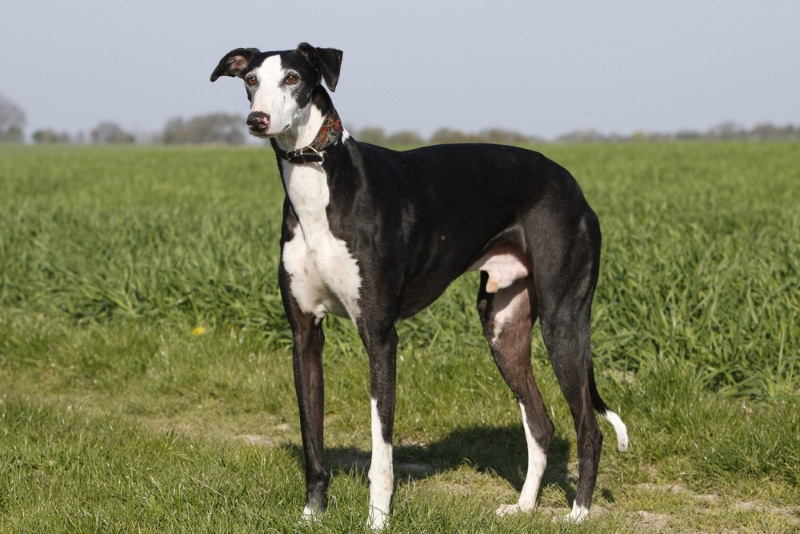
| Origin: | Mid-1800s England |
| Lifespan: | 10–13 years |
| Height: | 27–30 inches |
The graceful Greyhound is built for speed, with an aerodynamic body, short coat, and double-suspension gait, allowing them to move at over 40 miles per hour! Though their origins are murky, many recognize the Greyhound as a breed appearing as early as the age of ancient Egypt over 8,000 years ago.
Since then, they held a revered position in numerous cultures. The Greyhound was prominent in Greek and Roman mythology and is the only breed mentioned in the Bible (King James, Proverbs 30:29–31). Interestingly, despite the rich history, all modern pedigreed Greyhounds trace to one dog, King Cob, a coursing Greyhound born in 1838.
2. Maltese
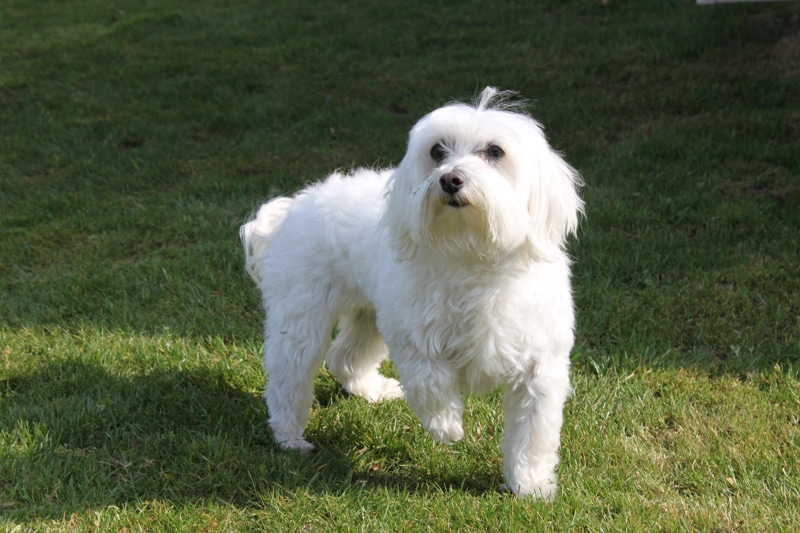
| Origin: | ~1,000 BCE, Malta |
| Lifespan: | 12–15 years |
| Height: | 7–9 inches |
The Maltese is a low-shedding, low-drooling, and low-weight toy breed known for their adorable face and silky-smooth white coat. With a history dating to ancient Rome, the plucky dog’s undeniable charm has allowed them to thrive across multiple civilizations for nearly three millennia.
Malta is the presumed origin point for the Maltese breed. Many believe the Phoenicians introduced the dog to the thriving Mediterranean island as early as 1,500 B.C. While empires came and went, the charming, perky dog maintained their allure as a favored companion and lapdog for the wealthy.
3. Poodle
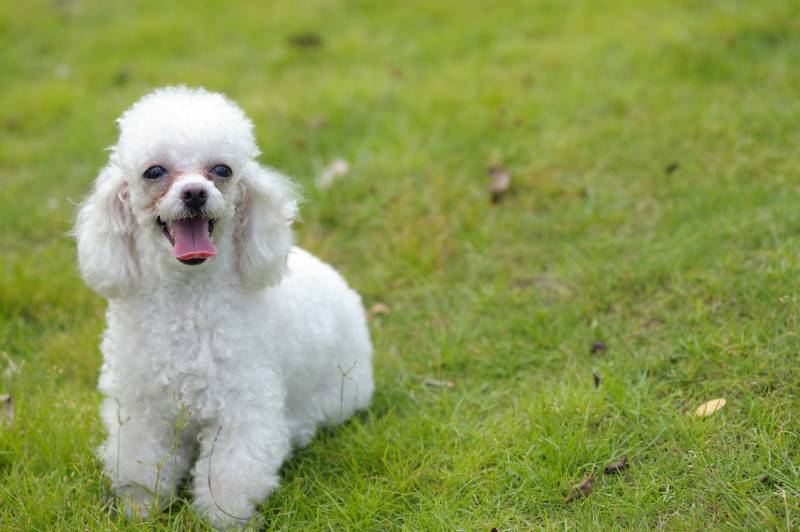
| Origin: | 1600s, Germany |
| Lifespan: | 10–18 years |
| Height: | 9–15+ inches |
Appearing in Toy, Miniature, and Standard varieties, the Poodle is one of the most popular breeds today due to their impressive intelligence, playful nature, and “hypoallergenic” coat.
As a versatile breed, Poodles were originally water-retrieving dogs in their native Germany. Though stylish, the quintessential Poodle cut was primarily for keeping the dog’s body and joints warm in the water while maximizing the swimming speed. Modern-day Poodles are popular companions and the foundation for the doodle designer dog craze.
4. Pembroke Welsh Corgi
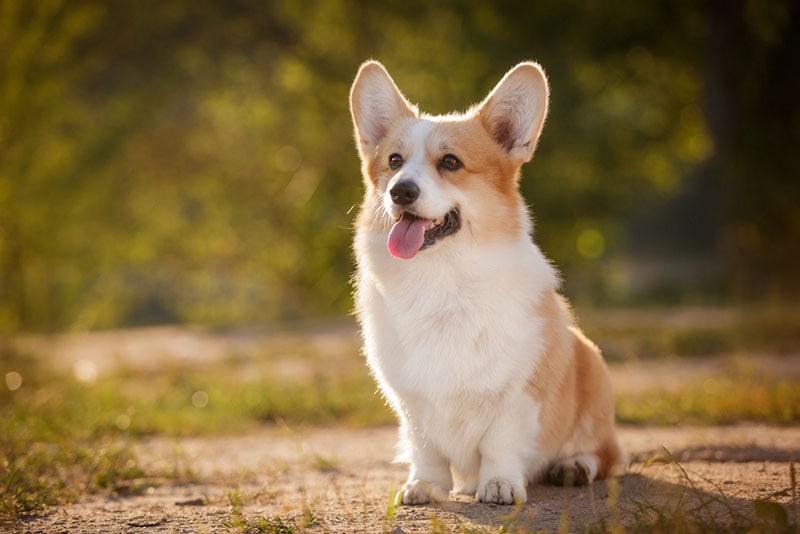
| Origin: | 1100s, Wales |
| Lifespan: | 12–13 years |
| Height: | 10–12 inches |
The Pembroke Welsh Corgi may be a heavy shedder, but drooling is rarely an issue with this energetic breed. Despite their short stature, Corgis boast a big-dog attitude due to their origins as cattle herders in Wales. Their low-to-the-ground bodies and quick reflexes made them adept at nipping at heels while avoiding kicks.
With adorable looks, Corgis became popular pets in the past century. Queen Elizabeth II notably owned a Corgi, helping to raise their profile across the globe. Though not as popular, the long-tailed Cardigan Welsh Corgi is a low-drooling and equally cute alternative to the Pembroke variety.
5. Shiba Inu

| Origin: | 300 B.C., Japan |
| Lifespan: | 13–16 years |
| Height: | 5–16.5 inches |
The Shiba Inu may not have appeared in the U.S. until the mid-1900s, but they have been a staple of Japanese culture since at least 300 B.C. Small, rugged, and athletic, Shibas made excellent hunting dogs in Japan. The name even means “little brushwood,” possibly referencing their traditional hunting domain.
As Japan’s official breed and a declared national treasure, the Shiba Inu is easily the most popular dog in the country. Although their populations took an enormous hit from WWII, the breed’s lovable, active nature expanded their renown to other countries, including the United States. The AKC officially recognized the Shiba Inu in 1992, and they now comfortably sit within the registry’s top 50 most popular purebred dogs.
6. Siberian Husky
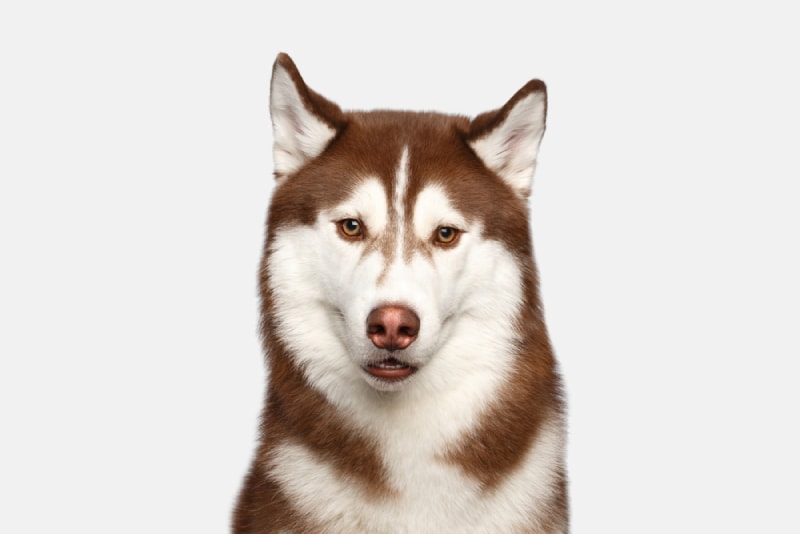
| Origin: | ~2,000 B.C., northern Siberia |
| Lifespan: | 12–14 years |
| Height: | 20–23.5 inches |
The mischievous, steely-eyed Siberian Husky is an ancient breed notable for their wolf-like looks and graceful power. The Chukchi people of northern Asia first developed the breed as a sled dog. Battling sub-zero temperatures and harsh terrain, the dogs’ hardiness and thick coats made them indispensable in countless ways, from hauling cargo to keeping their people warm at night.
The Siberian Husky gained their current fame in the early 1900s. The Husky was the primary sled dog during the life-saving Nome serum run in 1925, where sled teams traveled over 600 miles across the perilous landscape to deliver the life-saving diphtheria cure to the townspeople.
7. Australian Shepherd
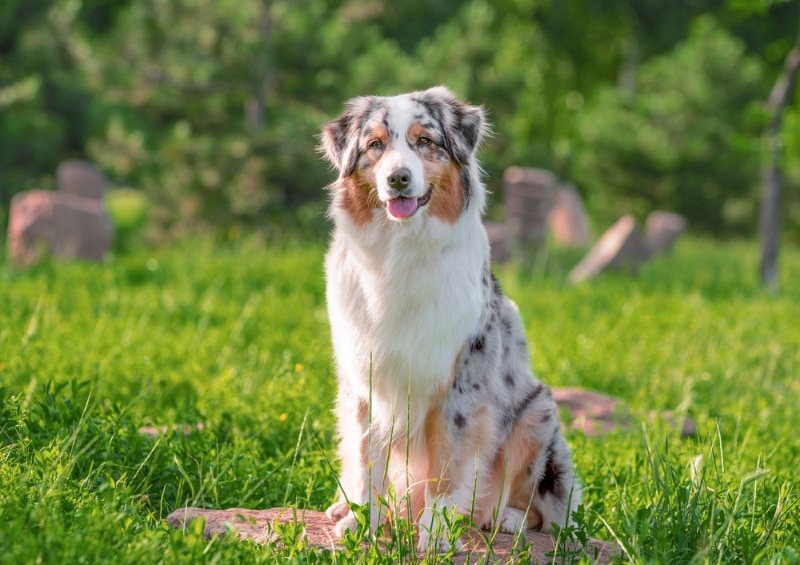
| Origin: | 1800s, California |
| Lifespan: | 12–15 years |
| Height: | 18–23 inches |
The origins of the Australian Shepherd are unclear, but one certain point is their American development. Australian Shepherds came into form in California in the 1800s as herding dogs for sheep. As the need for sheep expanded due to the gold rush and the Civil War, the need for dogs swelled, too.
Supposedly, the Basque people of the Pyrenees between France and Spain took their herding dogs to Australia in the early 1800s to take up cattle ranching opportunities. They crossed their dogs with Collies there before eventually migrating to the western United States.
The exact influence of the Basque’s contributions versus the British-derived stock already in California is debatable. Regardless, the connection to the Basques in Australia is an indelible facet of the breed, thanks to their name.
8. Papillon
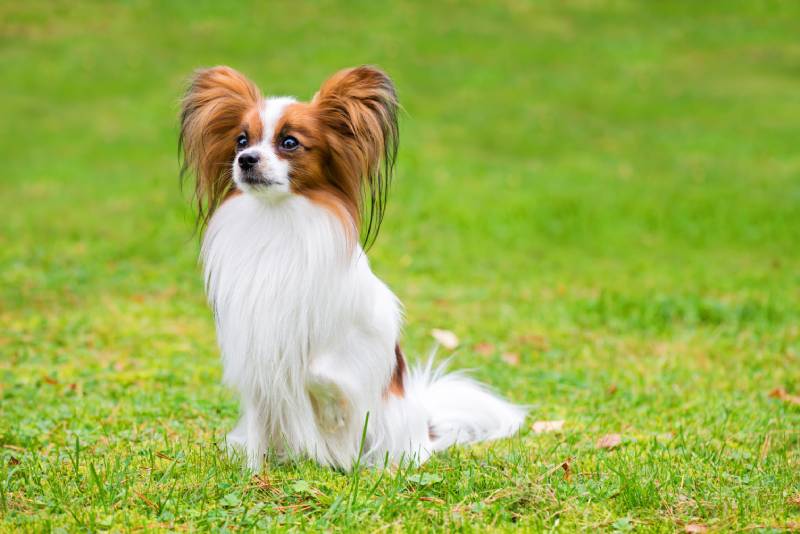
| Origin: | 1300s, France |
| Lifespan: | 12–14 years |
| Height: | 8–11 inches |
The Papillon originated from the Continental Toy Spaniel, which is a small Spaniel prominent in Renaissance art, particularly works by Titian. The lapdog was a favorite among royalty and a bright, upbeat, and affectionate companion for noblewomen.
The exact origins are unclear, but the erect-eared Papillon became highly desirable in the 1800s and gained their modern name. With Spaniel heritage, this pampered pup is no less athletic than the next dog.
When they’re not entertaining the family with their keen intellect and playful spirit, it’s common to find these dogs dominating the competition on the agility course.
9. Chihuahua
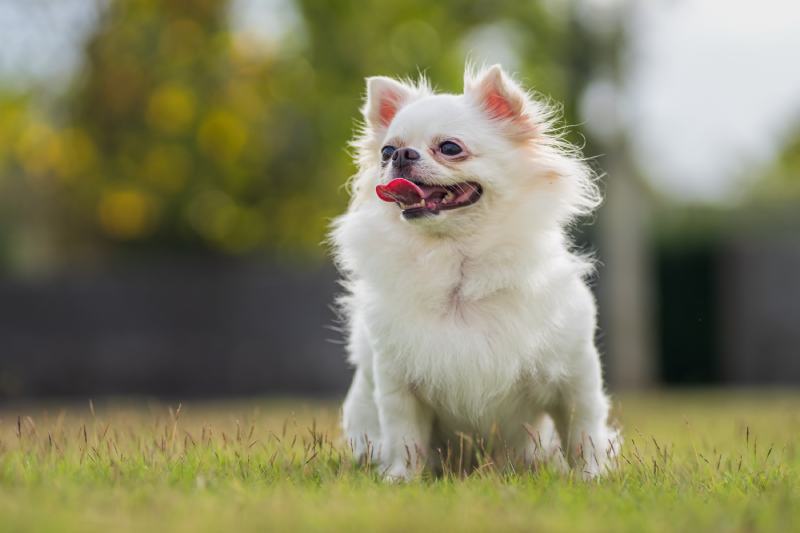
| Origin: | 1300s, Mexico |
| Lifespan: | 14–16 years |
| Height: | 5–8 inches |
Chihuahuas are one of the longest-living and tiniest dogs in the world, so they probably couldn’t produce much drool even if they wanted to. Taking their name from the Mexican state, they are an essential feature of the country’s culture.
Chihuahuas date back to the Aztec kingdom. In Aztec society, the dogs played a vital role for deceased nobility, acting as spiritual guides in the afterlife. The breed gained popularity in the 1800s and now enjoys the pampered life as a fashionable companion for celebs and city dwellers.
10. Havanese
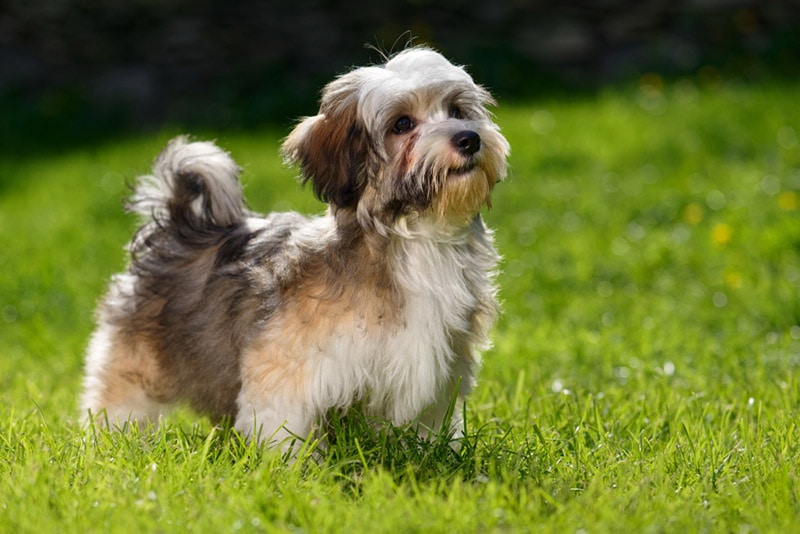
| Origin: | 1500s, Cuba |
| Lifespan: | 14–16 years |
| Height: | 5–11.5 inches |
Like other dogs from the Bichon family, the Havanese is as cute as they are unlikely to drool. The breed’s forebears appeared in Cuba in the 1500s/1600s during the colonization following Columbus’s exploration. Taking the name from the capital city, the Havanese is Cuba’s only native dog.
The original Cuban dogs were the favorite pets of aristocrats. The luxurious lapdogs gained further favor in Europe as trade opened with Cuba. With the Communist takeover in the mid-1900s, these beloved toy dogs arrived in the United States with Cuban refugees.
Earning AKC recognition in 1996, the Havanese are one of the most popular in America for their adorable looks, manageable size, and highly sociable nature.
11. Pomeranian
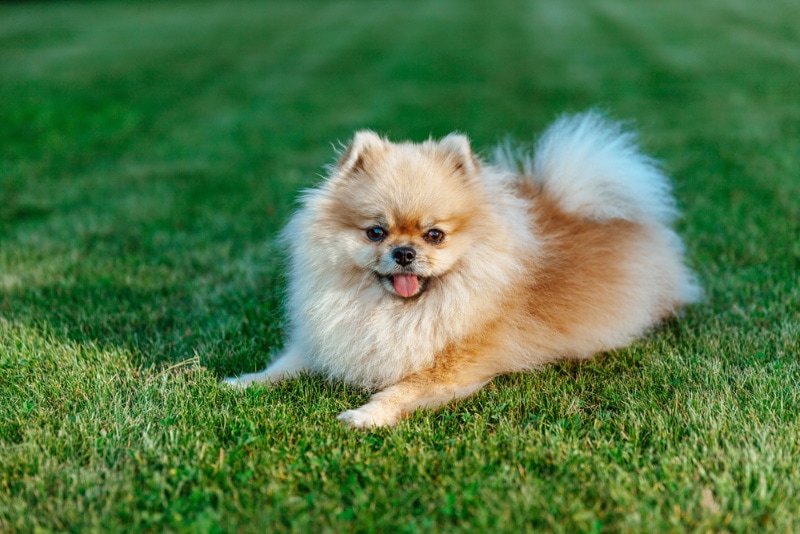
| Origin: | 1700s, Germany |
| Lifespan: | 12–16 years |
| Height: | 6–7 inches |
Their size is undoubtedly unique, but the Pomeranian’s face and fluff give away their spitz origins. Like most Spitz-type dogs, they’re known more for shedding and less for drooling.
The Pomeranian name derives from the route through the Baltic Sea that brought Spitz dogs from the Arctic regions into Europe. Although Pomeranians were initially sled dogs, breeders reduced their size in Pomerania, which is a region in modern-day Poland and Germany. They gained popularity among nobles in the 1700s, and their fame surged when Queen Victoria took a keen interest in the dog and helped bring their stature down to the current size.
12. Border Collie

| Origin: | 1700s, England/Scotland |
| Lifespan: | 12–15 years |
| Height: | 18–22 inches |
The Border Collie doesn’t have time for drooling or much else. As the most intelligent of all dog breeds, the Border Collie is also one of the hardest-working.
Historians believe the Border Collie originated in crosses between Roman dogs and Viking Spitz-type herding dogs that appeared later. The nimble, athletic herders were highly efficient at working sheep across the rocky terrain of Britain, with different dogs taking shape according to their unique environment.
Today’s Border Collie clubs continue promoting the breed for their working characteristics over their looks.
13. Brittany
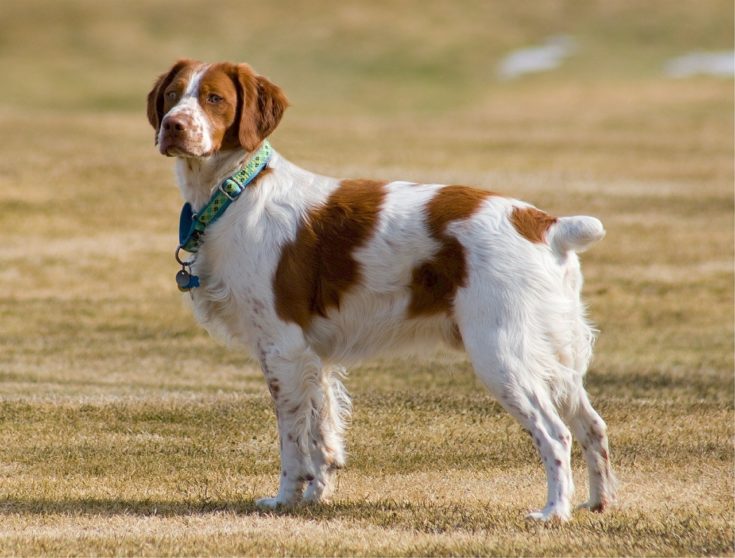
| Origin: | 1600s, France |
| Lifespan: | 12–14 years |
| Height: | 5–20.5 inches |
The upbeat and attractive Brittany is a treasured gundog the world over. While their energy may be demanding in the home, they’re a perfect fit for the field, where hunters use the dogs for working nearly any game bird.
While some still refer to them as the Brittany Spaniel, the shortened version highlights that the modern dog is more of a pointing breed. The Brittany gets their name from the westernmost French province.
With their hunting prowess, they became prevalent, often appearing in artworks by famous painters of the day. The breed came to the U.S. in 1931 and became AKC-registered 3 years later.
14. Belgian Malinois
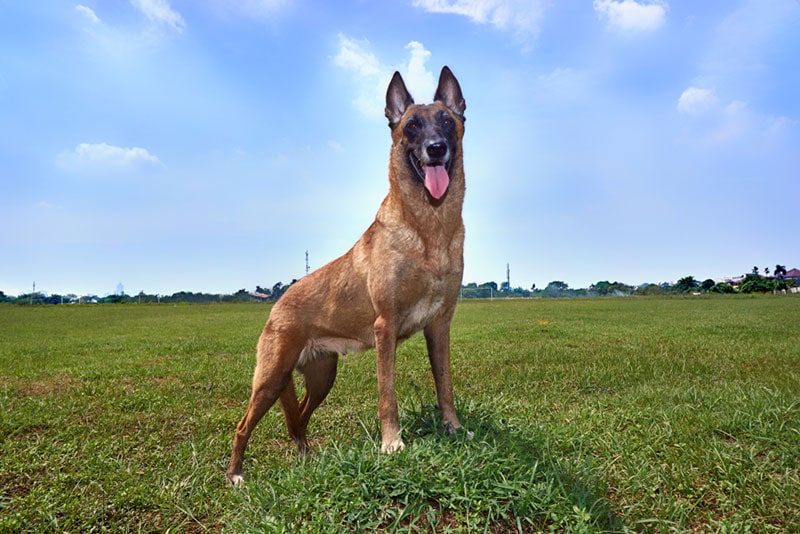
| Origin: | Early 1800s, Belgium |
| Lifespan: | 14–16 years |
| Height: | 22–26 inches |
As one of the most intelligent breeds, the Belgian Malinois is an elite herder in their native Belgium. First appearing in the 1800s, they were one of four related Belgian herding breeds, each named for their hometown—the Malinois from Malines, the Tervuren from Tervueren, the Groenendael from Groenendael, and the Laekenois from Laeken.
The short-haired Belgian Malinois became standardized initially in 1892 and earned AKC recognition in 1911. Interest rose and fell from WWI to WWII, eventually resurging in the 1960s. Bearing a look similar to the German Shepherd, the Malinois boasts a strength, veracity, and versatility that makes them prized military and police dogs.
15. Borzoi
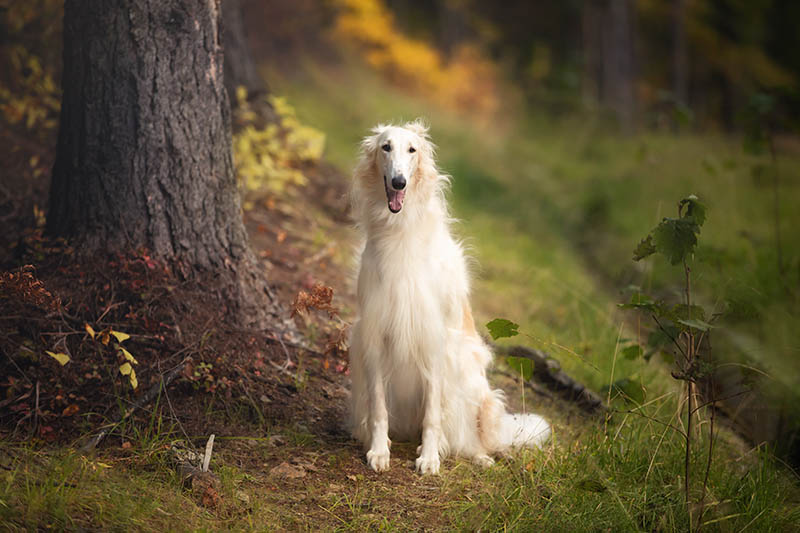
| Origin: | 1600s, Russia |
| Lifespan: | 9–14 years |
| Height: | 26+ inches |
Also called the Russian Wolfhound, the dignified Borzoi is a majestic sighthound bred for swiftly and efficiently chasing down wolves. Wolf-hunting was a grand affair among the aristocracy for centuries, and the Borzoi, subsequently, enjoyed much celebration.
Their regal stature made them more of a pariah when the Russian Revolution brought down the noble houses that held them in such acclaim. Fortunately, enthusiasts in Europe and America took interest in the breed decades earlier. With their global expansion, this lightning-fast breed’s survival was assured.
Conclusion
Big or small, there’s a low-drooling dog for you. While it’s only one of many traits to consider, a lack of slobber is one characteristic you’ll appreciate daily. Fortunately, the dogs we discussed also make excellent pets and loyal companions. Save yourself the constant cleanup, and research one of these dogs that don’t drool much today.
Featured Image Credit: Kimrawicz, Shutterstock


